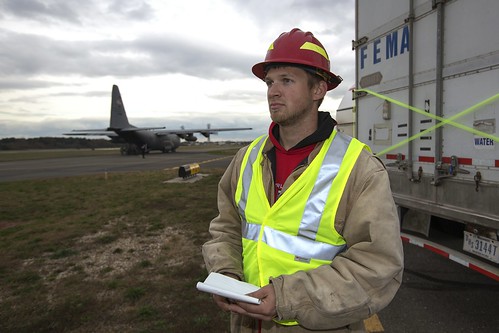
When Hurricane Sandy was forecast to hit the east coast a little more than two weeks ago, no one would have imagined all the devastation and destruction the storm would leave behind. In days leading up to the mandatory evacuation of our coastal areas, many residents wondered if this would be a false alarm similar to last years’ evacuation, when Hurricane Irene came barreling through many of our towns. Although Irene caused considerable power outages, flooding and wind damage up and down the Garden State, nothing can compare to Sandy.
It wasn’t until the days following Sandy’s departure that New Jersey residents really knew what hit them. Many of our neighborhoods throughout the State look like war zones which left many people without power, water, or even transportation. We had live electrical wires either snapped or dangling from homes or poles causing extreme danger for hundreds of communities. Many of our mature trees were uprooted hitting homes they once shaded. The coastal areas suffered the most damage having many vehicles, boats, houses, even a bridge floating nowhere. Damage has been so wide spread that we have not been able to gain access to all the damaged areas.
One of our Rural Development specialists, who was fortunate not to have lost power during Sandy, spoke of her shore community coming together helping neighbors pump water from basements, sharing electricity through extension cords, and giving neighbors access to the family washer and dryer. Another technician in North Jersey lent a whole house a generator and even supplied gas to a family who were without power. Her husband also helped chainsaw trees to prevent additional damage to homes in their community.
One interesting point of note is that the emergency planning that is required under our USDA Water and Environmental program has paid off in that there has been minor damage to water quality projects funded by USDA in New Jersey. For example, many of you have seen horrific pictures of Seaside Heights and Seaside Park in the National media but there has only been minor damage to the Rural Development financed water systems in these communities.
We have been working with our partner agencies, particularly FEMA, the Small Business Administration, the Department of Commerce Economic Development Administration and the U.S. Department of Housing and Urban Development along with various state agencies to assist the hurricane victims. We also want to thank the New Jersey Water Association for their efforts in providing reports on damaged infrastructure.
We want to thank all the folks around the country for all their well wishes and prayers and thank them for their generosity in helping the hurricane victims.
Although we have not been able to gain access to many coastal areas we are confident that many of our programs will be useful to help these communities rebuild in the coming years.
The American Red Cross is accepting donations to help those affected by Hurricane Sandy. To learn more or to donate go to: https://american.redcross.org/



